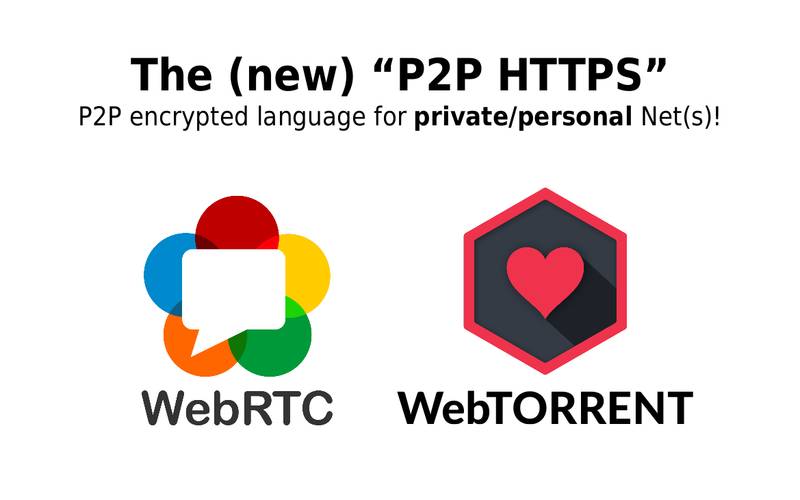
They’re just web servers running over HTTP, and you can find Debian’s at This is a lot like moving to a new city and trying to make friends-maybe we’ll hit up a local pub or a meetup group! Centralized locations like these are the big idea behind trackers, which are central servers that introduce peers to each other. Here’s a problem: we want to download a file with BitTorrent, but it’s a peer-to-peer protocol and we have no idea where to find peers to download it from. And we’ll avoid the legal and ethical issues related to downloading pirated content. As a popular Linux distribution, there will be lots of fast and cooperative peers for us to connect to. I’ll be using a Debian ISO file as my guinea pig because it’s big, but not huge, at 350MB.

We’ll be implementing the original spec from 2001 to keep this a weekend-sized project. The protocol evolved organically over the past 20 years, and various people and organizations added extensions for features like encryption, private torrents, and new ways of finding peers. In this article we will investigate how this works, and build our own client that can find peers and exchange data between them.

WEBTORRENT INITIAL RELEASE MOVIE
In contrast with the traditional client/server relationship, in which downloaders connect to a central server (for example: watching a movie on Netflix, or loading the web page you’re reading now), participants in the BitTorrent network, called peers, download pieces of files from each other-this is what makes it a peer-to-peer protocol. BitTorrent is a protocol for downloading and distributing files across the Internet.


 0 kommentar(er)
0 kommentar(er)
